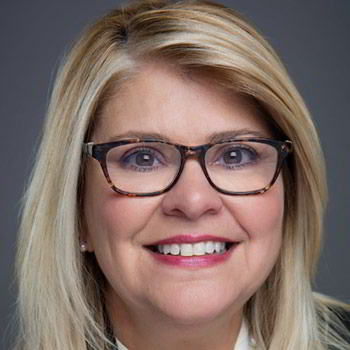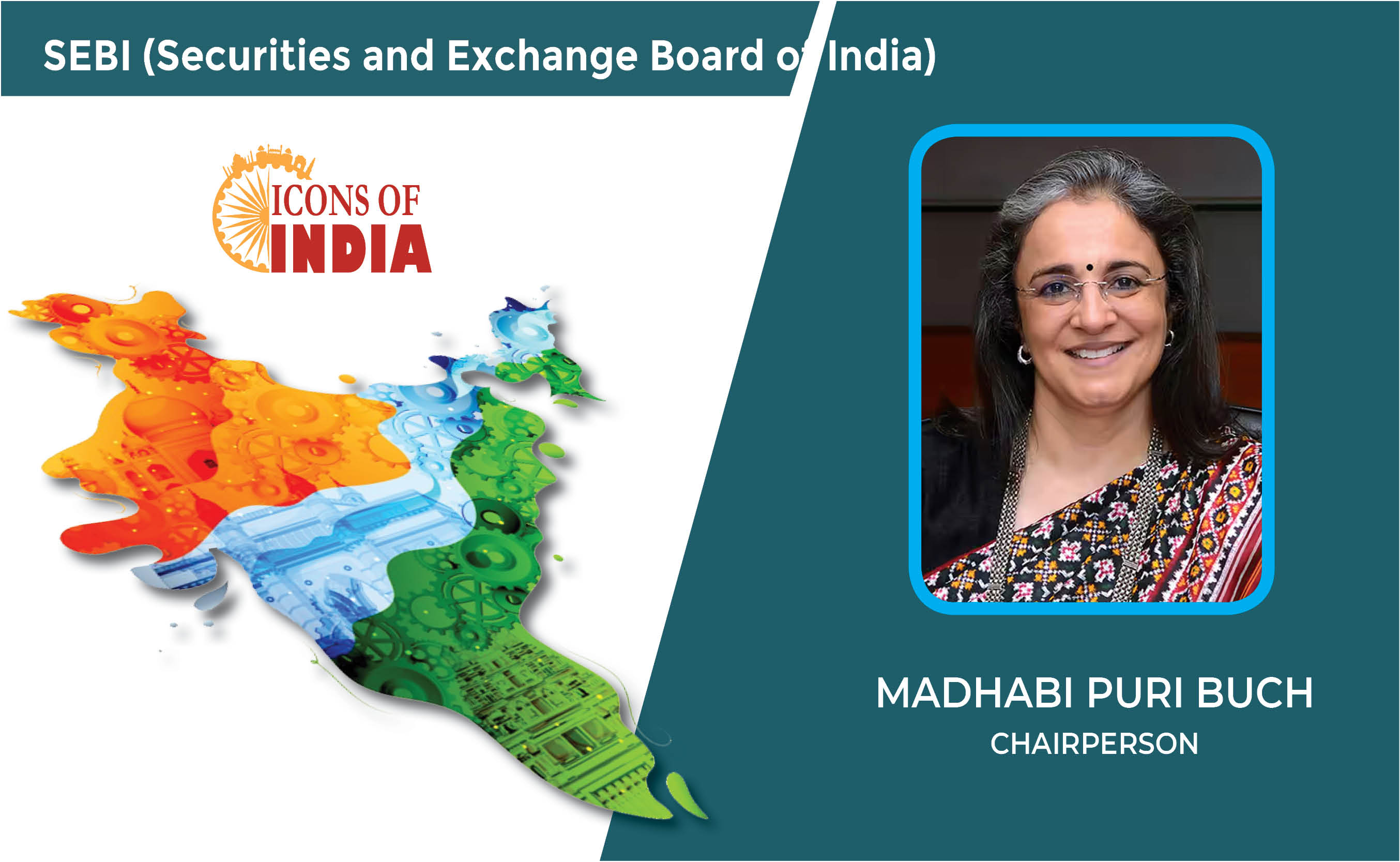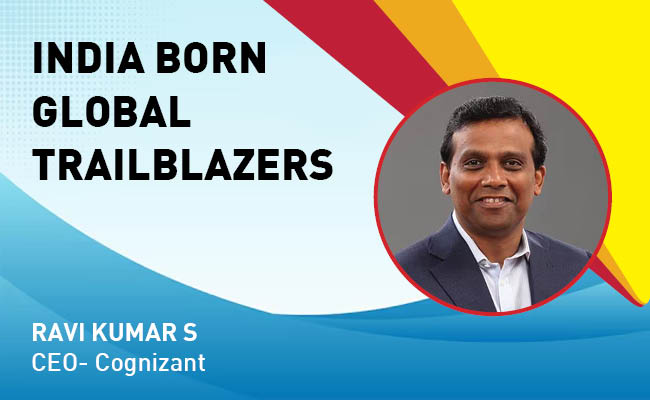Schneider Electric's global plan ready with ambitious RPA Journey
By MYBRANDBOOK

Schneider Electric, a multinational energy management company, has embarked on a robotic process automation journey, establishing a global team to evaluate RPA use cases. A robotic process automation rollout in the energy management sector shows even an ambitious RPA journey begins with some small steps.
Schneider Electric is a large enterprise. The company, headquartered in France, generated €25.7 billion (about $28.5 billion) in 2018 revenue, employs 130,000 people and does business in more than 100 countries. Elizabeth Hackenson, CIO at Schneider Electric,said the company's RPA efforts got underway in earnest in mid-2018. Pilot projects paved the way for a global initiative in 2019.
"What we like to do with new technology such as this is just go into a couple of pilots," she said. "Those pilots were successful, so what we did early this year was create a global team."
Schneider Electric's business spans a range of fields, including IoT, building automation, industrial automation, and data center infrastructure such as cooling and power distribution systems. The company's stated goal is the "digital transformation of energy management and automation."
Schneider Electric's RPA journey is now part of that transformative vision and the company's initial pilots paved the way for the 170 bots in production as of July 1. The majority of those RPA instances -- a bit more than 100 -- are in China.
 "They have been more advanced," Hackenson said of the Chinese RPA adopters, citing a regional CIO who was able to rapidly identify use cases and competing technology priorities in the company's other geographic regions.
"They have been more advanced," Hackenson said of the Chinese RPA adopters, citing a regional CIO who was able to rapidly identify use cases and competing technology priorities in the company's other geographic regions.
Schneider Electric's RPA team’s roles is to minimize duplicated effort as requests for bot development roll in from the business side. "So, if we have a call center in Europe put in a request for a use case and another one comes in from the U.S. for something very similar, the global team knows we have already built this," Hackenson said. Without the global team, RPA activity would exist in isolation within business groups, hampering cross-company visibility. If bots live in silos, "we don't know what is going on and we can't leverage what has been created," she added.
Schneider Electric currently uses RPA software from Blue Prism and UiPath. Hackenson said the platforms are similar, but the company continues to compare them. Thus far, bots have been deployed in customer care centers, finance, HR and supply chain.
Hackenson said she had hoped to have more than 220 software bots in operation by July 1. Schneider Electric's global RPA team, which resides within the company's IT department, reviews RPA use cases submitted from business leaders and has primary responsibility for bot creation. The team has been rejecting more use cases than it accepts, she said.
The RPA team, however, has begun training the business side on appropriate RPA use cases and how best to take advantage of the technology.
"We are learning it is an iterative process," Hackenson said. The organization had to rethink its labor-reduction expectations and assess whether more tasks needed to be automated to reach the objective, she noted.
The RPA team's goal is to rapidly deliver bots to the business process owners. At this point, bots take about four weeks to develop, but Hackenson said the objective is to shrink that time to two to three weeks.
Lastly, she said, we want to move quickly and get it back to the business.


Legal Battle Over IT Act Intensifies Amid Musk’s India Plans
The outcome of the legal dispute between X Corp and the Indian government c...

Wipro inks 10-year deal with Phoenix Group's ReAssure UK worth
The agreement, executed through Wipro and its 100% subsidiary,...

Centre announces that DPDP Rules nearing Finalisation by April
The government seeks to refine the rules for robust data protection, ensuri...

Home Ministry cracks down on PoS agents in digital arrest scam
Digital arrest scams are a growing cybercrime where victims are coerced or ...


Icons Of India : MADHABI PURI BUCH
Madhabi Puri Buch is the first-female chairperson of India’s markets...


PFC - Power Finance Corporation Ltd
PFC is a leading financial institution in India specializing in power ...

BEL - Bharat Electronics Limited
BEL is an Indian Government-owned aerospace and defence electronics co...



Indian Tech Talent Excelling The Tech World - RAVI KUMAR S, CEO- Cognizant
Ravi Kumar S, appointed as CEO of Cognizant in January 2023, sets the ...

Indian Tech Talent Excelling The Tech World - REVATHI ADVAITHI, CEO- Flex
Revathi Advaithi, the CEO of Flex, is a dynamic leader driving growth ...
 of images belongs to the respective copyright holders
of images belongs to the respective copyright holders